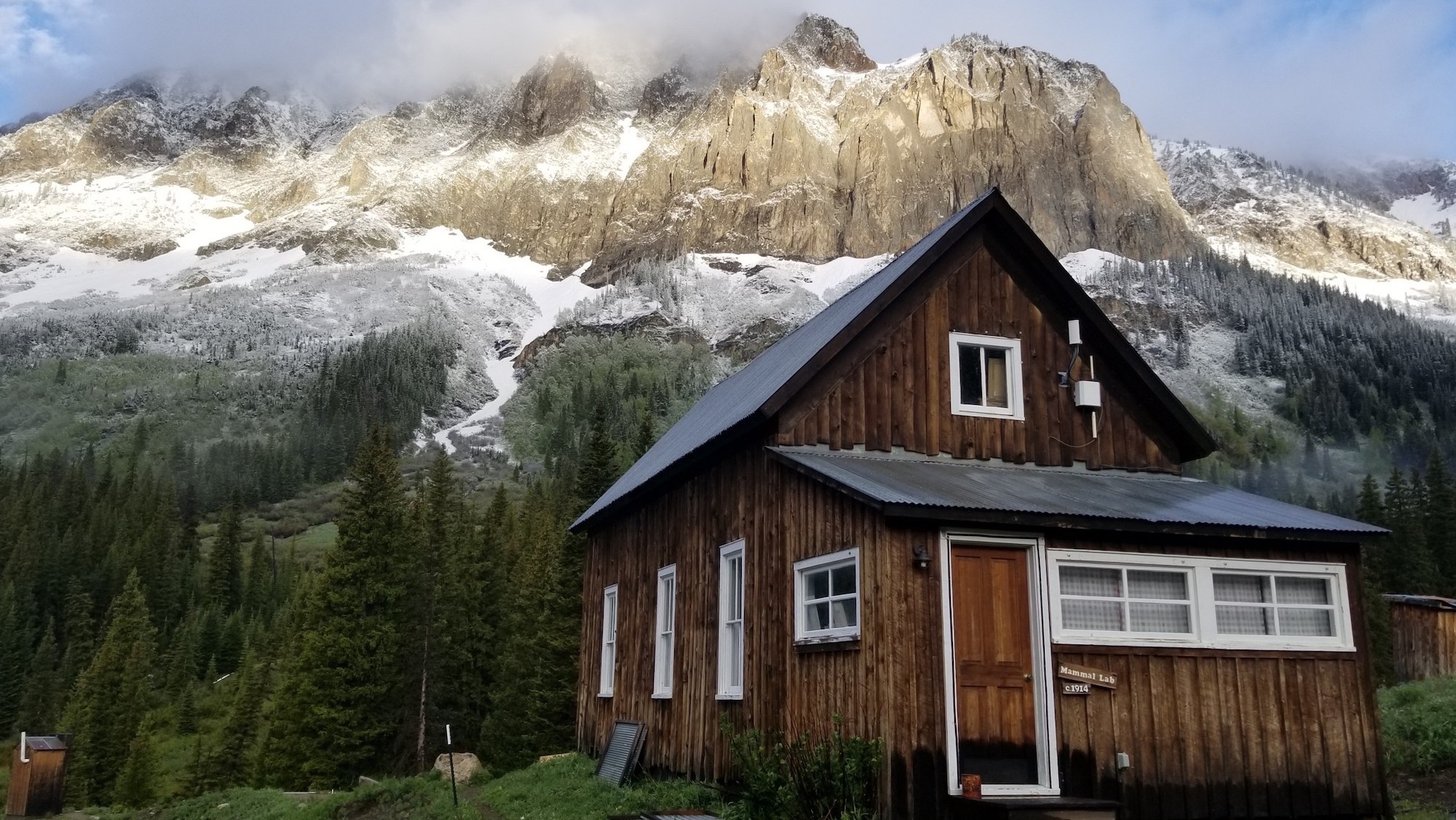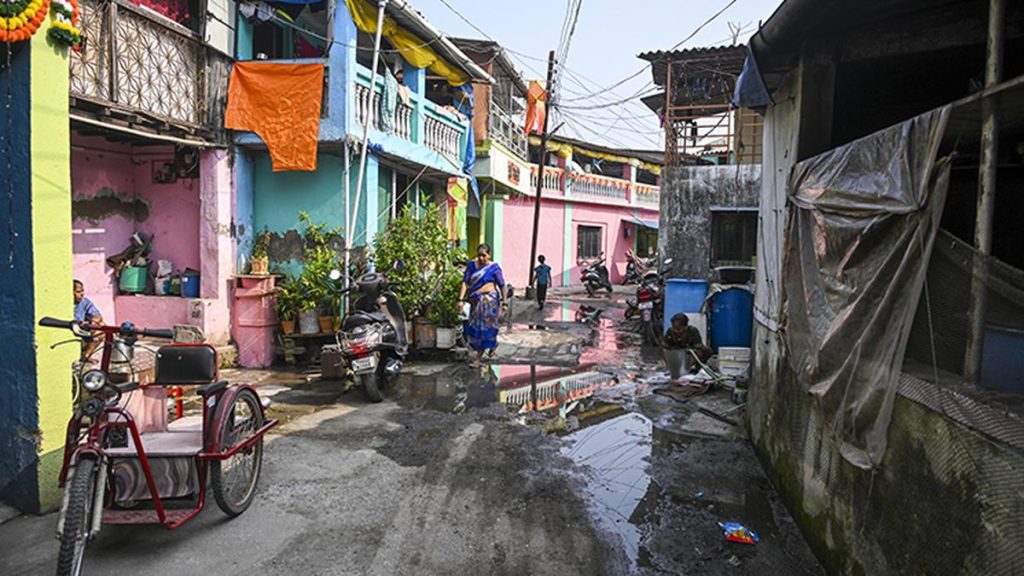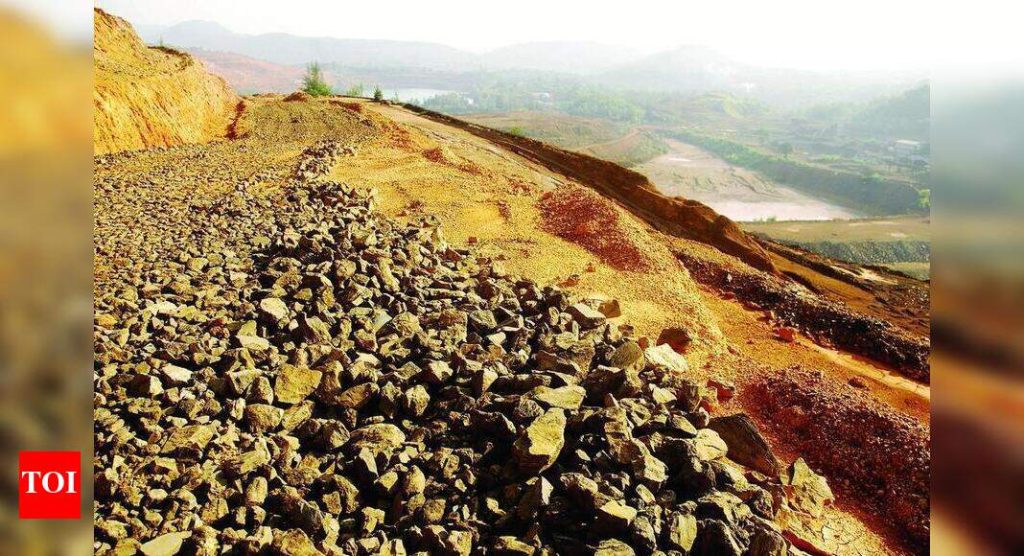Now Reading: Explore Colorado’s Renowned Mountain Research Station
-
01
Explore Colorado’s Renowned Mountain Research Station
Explore Colorado’s Renowned Mountain Research Station

Swift Summary
- Gothic, Colorado, once an abandoned silver mining town from the 1870s, now hosts the Rocky Mountain Biological Laboratory (RMBL), one of the world’s leading environmental research stations established in 1928.
- Over 9,000 scientists and students have worked at RMBL; each summer sees around 200 researchers conducting studies that contribute to over 2,000 published papers.
- Key research areas include marmot behavior studies (ongoing as 1962), pollination networks, biodiversity across biozones, snowpack data analysis by billy barr (over five decades), water ecology and hydrology studies via drones, and monitoring atmospheric changes.
- RMBL’s long-term datasets link temperature records with ecological observations to analyze global warming effects on ecosystems like plant growth cycles and carbon storage.
- Data informs policymakers about conservation strategies such as land use decisions for climate resilience. RMBL’s work has contributed to shaping policies like the Clean Air Act and Clean Water Act.
- The institution’s partnerships include entities like NASA, Nature Conservancy, national Forest Service. Most collected data is made publicly available for broader request.
images:
- Researchers examining marmots in the field and measuring Scarlet Gilia plants.
- Presentation by researcher Jacquelyn Fitzgerald explaining her studies.
- Rainbow over Gothic townsite captured during an evening session at RMBL headquarters.
- The Ore house cabin covered during a winter storm in gothic.
Indian Opinion Analysis
The comprehensive research conducted through long-term environmental monitoring at RMBL offers critical insights valuable not just for Colorado but globally-including india-where biodiversity faces threats from rising temperatures and changing climatic patterns akin to those seen in alpine regions like Gothic’s ecosystem.
India could learn from RMBL’s model of systematic data collection spanning decades to assess ecological shifts more precisely within its vast natural landscapes-from Himalayan biozones similar to Gothic’s region or densely populated plains vulnerable to diminishing resources due to climate stressors. Agencies within India might benefit from forming comparable collaborations with academic institutions or internationally renowned organizations like NASA while pooling efforts using advanced tools such as aerial drones for water flow tracking akin shared parallels tweaking enormously local industries sector proportional ecozones traced outputs vital adding successful guiding mantel-sustain adapted


























